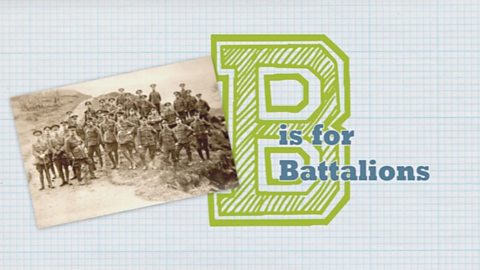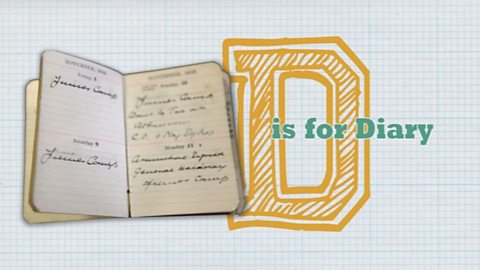Video summary
Newsreel and commentary describe how Britain introduced conscription in 1916.
The measure boosted troop numbers by two-and-a-half million, but had a huge impact on family life.
A dramatic monologue introduces Elizabeth Draycott, housewife, widow and mother, who tells us how her life has been affected.
Her appeal against the conscription of her youngest son has been rejected and she fears for the survival of her family.
This clip is from the series WW1 A to Z.
Contains potentially upsetting content; teacher review is recommended before use in class.
Teacher Notes
Pupils could discuss the impact they think conscription had on families.
Do they think conscription was a fair measure? A necessary one? What do they think the consequences of not introducing conscription might have been?
The class could work together to draft a reply to Mrs Draycottβs letter, explaining why her appeal has been turned down.
This short film is suitable for teaching history at Key Stage 2 / Second Level or above.
B is for Battalions. video
Newsreel and dramatic footage illustrate how the British army recruited groups of friends and neighbours to fight together.

D is for Diary. video
Pupils examine wartime diaries and discuss the value of first-hand accounts. In a monologue, a war widow reads from her husbandβs diary.

E is for Empire. video
Newsreel and commentary explain how the British Empire helped in WW1. An Indian soldier describes his brave actions in battle in a monologue based on a true story.
